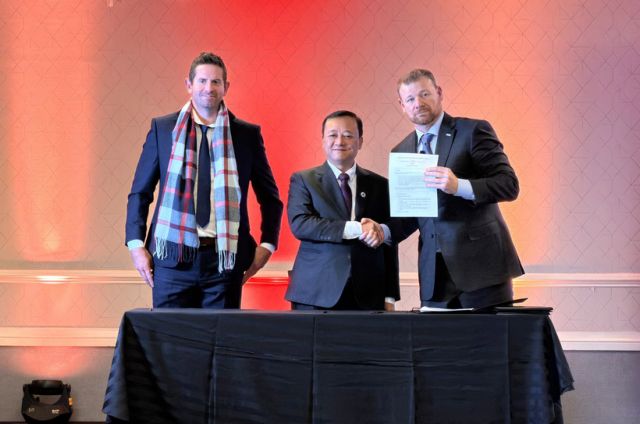 bizhub
bizhub

In April, most of Petrovietnam's production targets were exceeded by 1 to 35.2 per cent, particularly crude oil exploitation which reached 0.84 million tonnes.

|
| Petrovietnam announced two new oil and gas discoveries, Rồng and Bunga Aster in April. — Photo courtesy of Petrovietnam |
HÀ NỘI — Revenue of the National and Gas Group (Petrovietnam) reached VNĐ77.2 trillion (US$3 billion) in April, maintaining three consecutive months of growth.
In April, most of Petrovietnam's production targets were exceeded by 1 to 35.2 per cent, particularly crude oil exploitation which reached 0.84 million tonnes, exceeding the monthly target by 25 per cent.
Domestic crude oil exploitation reached 0.69 million tonnes, exceeding target by 26.5 per cent and crude oil exploitation abroad reached 0.15 million tonnes, 19 per cent above the target.
Gas exploitation and fertiliser also exceeded the monthly projections by 46 per cent and 5.8 per cent, respectively.
In addition, Petrovietnam's power plants ensured safe, stable, high-capacity operations to maximise electricity supply during high shortage risks. In April, they produced 3.19 billion kWh, 12.3 per cent above plan and 22.3 per cent more than in March.
Ending April, most of the Group's production targets, particularly key indicators such as crude oil exploitation, gas exploitation, fertiliser production and electricity production, all surpassed targets.
Total revenue of the entire group in four months was estimated at VNĐ308.2 trillion, exceeding the plan by 34 per cent and up 18 per cent over the 2023 same period. The group contributed VNĐ42.3 trillion to the State budget, 44 per cent higher than planned and up 15 per cent year-on-year.
Petrovietnam's pre-tax profit was estimated at VNĐ14.9 trillion, surpassing the four-month plan by 74 per cent.
Besides favourable conditions, Petrovietnam will also face challenges such as a strong US dollar pressuring oil prices, slow global economic growth affecting demand, declining refining margins, falling fertiliser prices due to oversupply, and intense competition in the domestic NPK market from low-cost imports from South Korea and China.
Petrovietnam's chairman Lê Mạnh Hùng highlighted key management priorities, such as enhancing forecasting and risk assessment, tightening cost control, resolving operational challenges, advancing restructuring plans, boosting investment in key projects, and ensuring compliance with state regulations. — VNS




